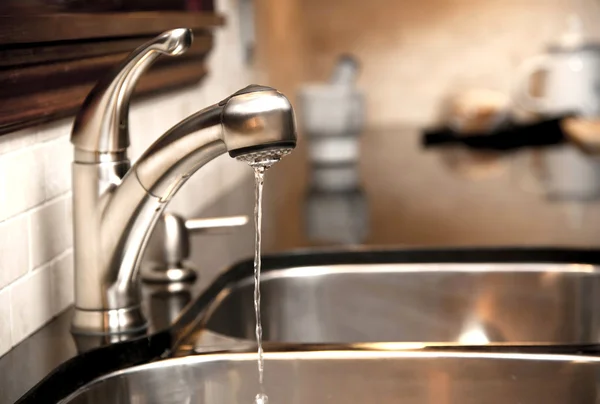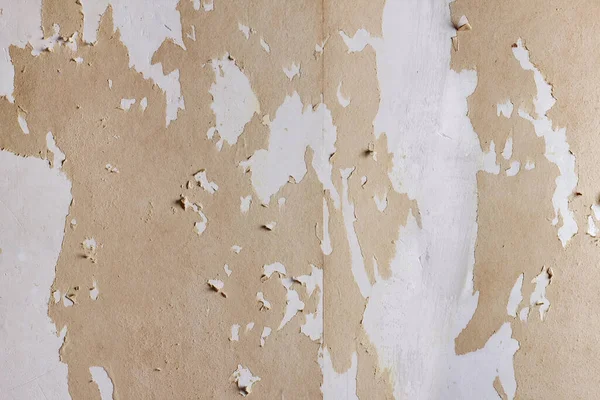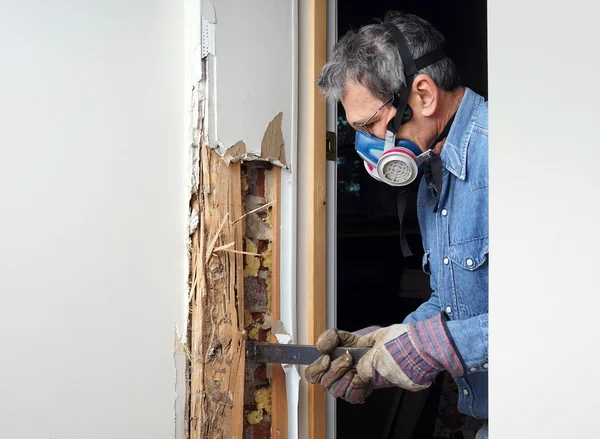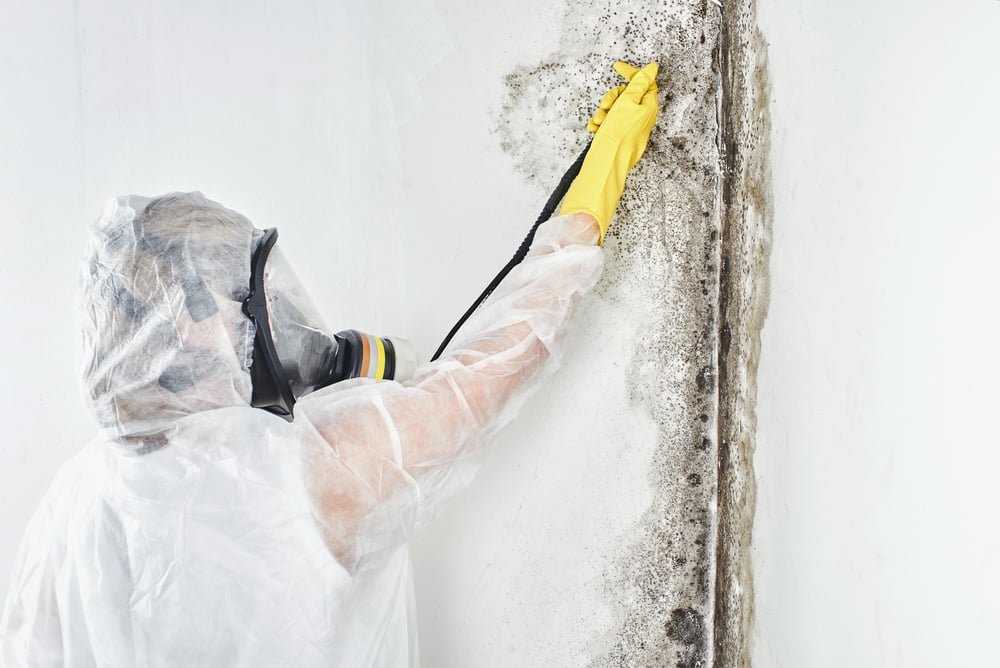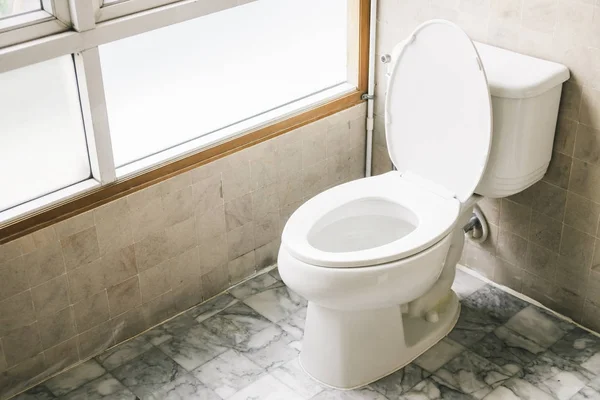Are you sick and tired of hearing your leaking faucet drip, drip, drip all the time? In addition to being inconvenient, it may result in water waste and increased energy costs. But don’t worry—if you have the necessary equipment and know how to fix a leaky faucet yourself.
We’ll walk you through six common methods in this tutorial to stop that annoying leak and bring calm back to your bathroom or kitchen.
How To Fix a Leaky Faucet?
Replace the Washer
A worn-out washer is one of the most frequent reasons why a faucet leaks. The valve seat can break down with time as a result of the continuous contact between it and the washer, which could result in leaks. First, turn off the water flow to the faucet in order to change the washer.
The old washer can then be accessed by disassembling the faucet handle and stem. Take out the old washer and install a brand-new, identically sized washer in its place.
Check for leaks, reassemble the faucet, and switch on the water supply again.
Tighten the Packing Nut
The faucet handle’s packing nut is a little nut that’s situated directly below it. A loose packing nut can occasionally cause a leak. Turn off the faucet’s water supply before tightening it. Tighten the packing nut clockwise with a wrench.
Avoid overtightening, since this may lead to faucet damage. After tightening, reactivate the water supply and look for any leaks. You might need to change the packing nut or the inside packing material if the leak continues.
Change the O-Ring
O-rings are tiny rubber rings that surround the faucet’s stem. When the faucet is closed, they form an impenetrable seal. The O-ring may start to leak around the faucet’s base if it gets worn down or destroyed. Turn off the water supply before beginning to replace the O-ring.
To get to the old O-ring, remove the faucet’s handle and stem. Replace the old O-ring with a new one that is the same size after carefully removing the old one. Check for leaks, reassemble the faucet, and switch on the water supply again.
Clean or Replace the Cartridge
If your faucet uses a cartridge, leaks may be the result of a filthy or worn-out cartridge. Stop the water supply before cleaning or replacing the cartridge. To access the cartridge assembly, remove the faucet handle and cartridge.
Use vinegar or an industrial cleaner to give the cartridge a thorough cleaning if it’s unclean. Replace it with a new one of the same kind if it is worn out or damaged. Check for leaks, reassemble the faucet, and switch on the water supply again.
Examine for Corrosion
In older plumbing systems in specific, corrosion can lead to leaks in faucets. Examine the faucet’s parts for corrosion indicators, including rust or greenish accumulation. Use sandpaper or a wire brush to remove any corrosion you find.
Additionally, any rusted components, such the faucet handle or stem, would need to be replaced. After replacing or removing the corrosion, reinstall the faucet and look for leaks.
Hire a Professional
It might be time to hire a professional plumber if you’ve exhausted all of the previous options and the leak still won’t go away or if handling plumbing fixtures makes you uncomfortable.
In the long run, a plumber can save you time and frustration by diagnosing and fixing the issue quickly and effectively with the knowledge and equipment they possess.
What 5 Causes a Leaky Faucet?
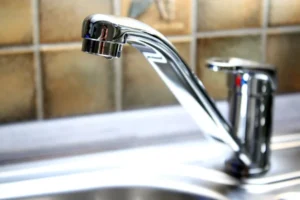
Even though a dripping faucet might be an ongoing inconvenience, you can efficiently fix the issue by knowing its underlying causes.
These are the top five reasons why faucets leak:
Worn-Out Washers: A worn-out washer is one of the most common causes of a leaking faucet. Inside the faucet’s valve seat are washers, which are silicone or rubber seals. When the faucet is turned off, it forms an impenetrable seal.
These washers may deteriorate over time due to the continuous friction and water pressure, which could result in leaks. Worn-out washers are probably the reason if you see dripping coming from your faucet’s spout, especially when it’s off.
Broken O-Rings: O-rings are a different kind of seal that’s commonly used in faucets to form a seal around the handle or stem. O-rings, like washers, are subject to deterioration from use, exposure to water, and minerals.
Leaks around the faucet’s handle or base might occur when O-rings wear down or get damaged. If you see leaks coming from these spots, look for evidence of degradation or damage on the O-rings.
Corroded Valve Seat: The valve seat is where the spout and faucet are connected. Hard water mineral deposits can build up on the valve seat over time and lead to corrosion. Leaks may result from this corrosion preventing the faucet from creating a tight seal.
A rusty valve seat could be the source of leaks coming from your faucet’s spout, especially if they happen after the water has been turned off. Usually, the problem can be fixed by cleaning or replacing the valve seat.
Worn Out Cartridge or Ceramic Disk: If your faucet has a cartridge or ceramic disk, it may be the cause of leaks. These parts are in charge of managing the water flow through the faucet. They may get worn out or break over time, which could result in leaks.
A worn-out cartridge or disk may be the cause of leaks you detect from the faucet handle or spout, especially when the faucet is on. Changing these parts can frequently resolve the issue.
Loose or Worn Out Parts: Besides washers, O-rings, and cartridges, other parts of the faucet assembly can become loose or worn out over time. Components such as bolts, screws, and nuts fall under this category.
These components may break free and leave holes or other openings through which water may seep. In the same way, these components may stop offering a tight seal if they wear out. Leaks can be avoided by giving these components regular upkeep and examination.
How Much Does It Cost Fixing a Leaky Faucet?
A leaky faucet’s repair cost might vary based on a number of factors such as the type of faucet the severity of the leak, and whether you decide to do it yourself or contact a professional. The cost of the essential parts and tools for a basic do-it-yourself repair, such as changing an O-ring or washer can be as little as $10 to $50.
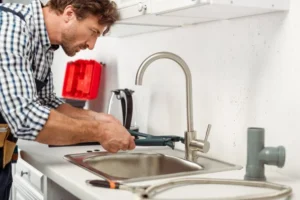
The price may go up, though, if the leak is more complicated or calls for changing the faucet assembly as a whole. The cost to hire a professional plumber to fix a leaky faucet can vary, ranging from $100 to $300 or more, based on the level of repair required and the plumber’s hourly charge.
Any necessary replacement parts, including cartridges or valves, as well as any service fees incurred by the plumber, could result in additional expenses.
Hiring a plumber may seem more expensive up front than doing repairs yourself, but in the long run, it’s frequently worth it to guarantee that the work is done correctly and to prevent further leaks or damage. Additionally, experienced plumbers can frequently identify and resolve issues more quickly and effectively, saving you inconvenience and time.
